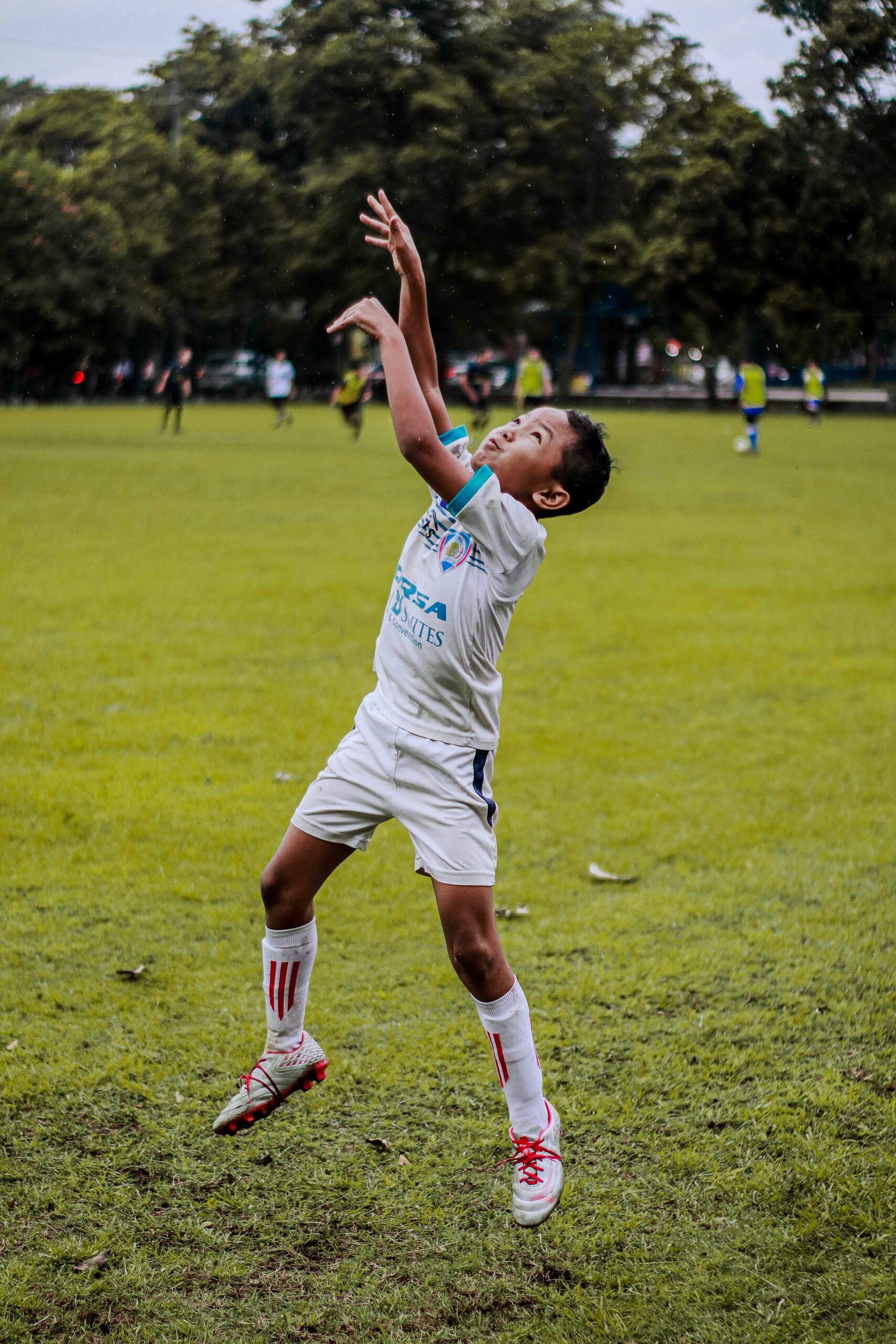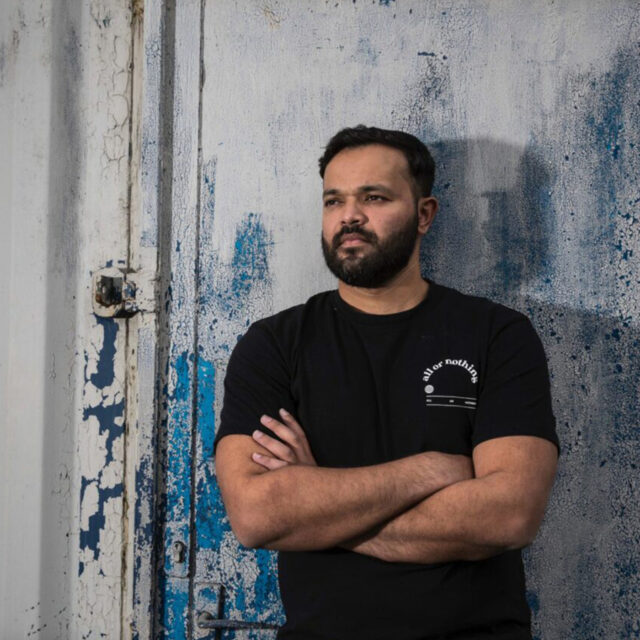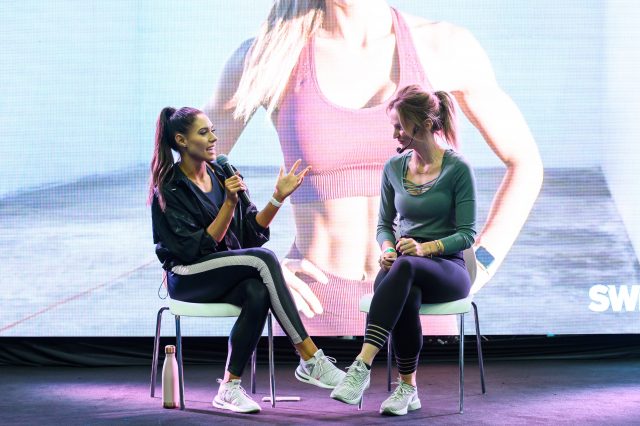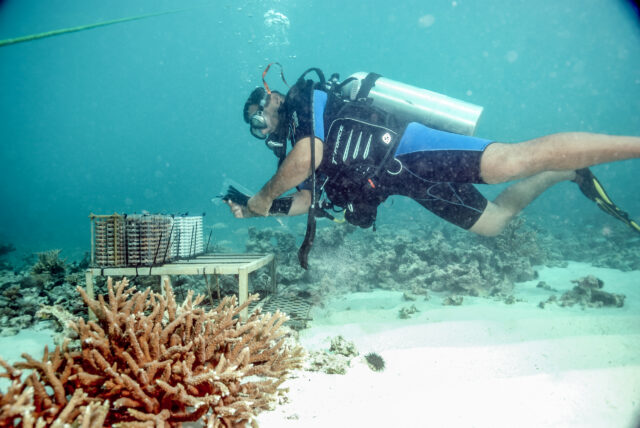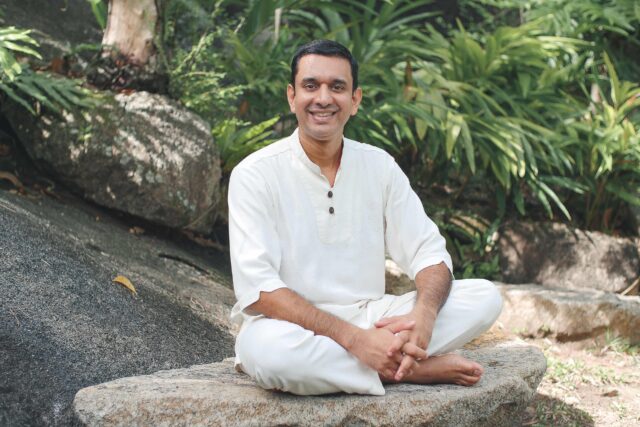Wellfit, the multi-sport fitness center in Dubai’s Jumeirah Village Circle, has brought something refreshingly different to the UAE’s health and wellness scene.
Unlike most other gyms, its group fitness classes aren’t just suitable for adults. Instead, it offers a wide array of sessions that are specifically designed for kids and teens. The programs are suitable for children of all ages and abilities, spanning boxing, yoga, obstacle racing, functional fitness. They’ve also opened a new 16,000 square-foot gymnastics center for children of all ages, from beginners to advanced athletes in Jumeirah Village Circle, with a team of ex-national and international athletes and coaches led by ex-Olympian Sarah Mercer.
Josh Davies, Wellfit‘s head of strength and conditioning, has a PhD in Sports Science. A fitness trainer for more than 13 years, he brings a background in professional rugby and he has been competing in region-level CrossFit competitions for the past eight years.
He sits down with Livehealthy editorial director Anne Marie McQueen to discuss why it’s essential that we encourage the UAE’s youth to live more active lives, and how being involved with sport and fitness from a young age can encourage life-long healthy habits.

What kinds of kids activities do you offer?
We give kids the opportunity to use our facilities and see what their bodies are capable of. Our sessions are meant to be fun and we can accommodate them to suit each child’s particular needs.
Sessions can last anywhere from 30 to 45 minutes or up to an hour. It’s not uncommon to have kids in our facility for two to three hours at a time.
The obstacles are parkour-themed and they involve lots of running and jumping. The mini Marines Program covers games like dodgeball and throwing and catching. They let kids dabble in many different things and see what they enjoy.
Gamification is at the forefront of most of our programs.
What is gamification?
Gamification refers to indirect training methods that get kids moving and active without them really realizing it. For instance, we do reactive drills where kids have to run 10 meters to touch a light on the floor and back. They just treat it like a game and not like a training exercise.
Another example is our Animal Flow yoga. Focused on flexibility, it helps kids master really difficult positions, but participants are only thinking about how each animal moves and how to replicate that.
Mastering basic sport and fitness at a young age helps people move better as they go through adolescence and into adulthood, and assists with many health aspects too.
Kids often seem so strong, do we lose strength as we grow up?
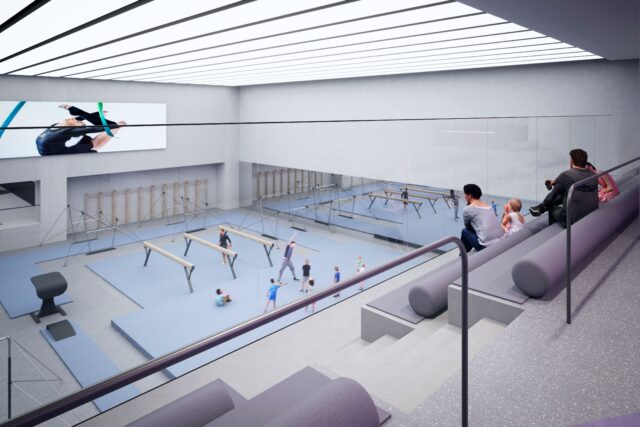
All kids grow and mature at different rates. Chronological age refers to how old they are, and biological age is where they are in terms of growth development.
When you start growing and you get heavier, your muscles often can’t keep up to the point where you can still lift your own body weight or perform certain tasks.
Muscle growth lags behind bone growth and that’s why you see some kids with really long limbs who haven’t developed the muscles to go with them yet.
So, we help children learn how to coordinate their limbs. We aren’t just training them to be muscularly strong. It’s more about how they can control those movement deficiencies, which come along during periods of big growth spurts like puberty.
Training children from a neural perspective is really vital to long-term athlete development. We focus on things that they struggle with, like strength, power and coordination,
Particularly if a child wants to play sport semi-professionally or at a good club level, these things are really, really important.
We match the training sessions to each child’s biological and chronological age, and we also consider their experience with training and fitness.
We work with some kids who are very ahead in terms of growth. One 16-year-old may look very different to another 16-year-old. So grouping kids together based on where they are in maturation is essential.
For instance if a child who weighs 75 kilos plays against a child who weighs 45 kilos, does that promote fair play? Does that promote safety? Absolutely not.
How do you help overweight kids?
First, we look at what physical activities they can do safely. For a very overweight child, things like jumping can put too much pressure on the joints. Injuries in these places are very common during growth stages, and things like lower back pain.
But kids are very aerobic in nature, and that means they find it really easy to recover.
Gamification also comes back in, too. We try to keep things fun and ensure that we don’t damage how they view exercise in the future.
Can sport teach good life habits?
I think the mental side of sport is very important. It teaches you how to interact and work with many different personalities and types of people, and that’s something you can use in your working life, too.
I find that people who partake in sport can turn their hand to most things more easily than others can. Sport nurtures a very positive mental attitude. You feel accountable for your teammates and the feeling of winning brings a rush of endorphins. People want to keep experiencing this and so they keep coming back to it.
But, if you have nothing but bad experiences with exercise or sport from an early age, then you’ll probably want to stay away from it further down the line, too. There’s a lot of anxiety which surrounds the gym and kids can pick up on that.
How can we persuade kids to give sport a go?
We work closely with parents to help children get over any obstacles that are stopping them from wanting to take part. We’ve got a great coaching team who do a fantastic job with this and we always focus on promoting how much fun they can have because some people view exercise as not a very pleasant or enjoyable pastime.
Adapting the coaching to suit each individual is vital too. All our coaches are skilled at thinking on their feet and adapting activities to what each child responds to the most.
We integrate a goal into every session and ensure that kids leave feeling like they have achieved something. That keeps them coming back and it has a positive impact on their mental health. If they start healthy habits like exercise and sport at a young age it will likely stay with them throughout adulthood.
I used to live in New Zealand and there I trained very young children who are now on the national rugby team.
What are the sporting opportunities for children in the UAE?
With regards to long-term athlete development and professional sport, there isn’t a great deal in place here. This is why anyone who wants to pursue a career in sport normally leaves the UAE to do it elsewhere. We also lack educated strength and conditioning coaches.
The UAE is quite far behind with things like team sports. The rugby and netball scenes are quite good but there is room for them to be developed even further.
But our Youth High Performance program ensures that kids who do want to pursue sport professionally have the best chance of success.
Why does the UAE have such a problem with obesity in young people?
In the summer it is obviously very difficult to exercise outdoors. There’s also not enough clubs like ours which offer an array of indoor activities for kids to choose from, and ones that are not just about training but also having fun as well.
To overcome the obesity pandemic we need to educate both parents and kids. There’s a lot of miseducation around training, people think it’s just lifting weights or whatever they see on TV. So, we try to go into schools and educate teachers and children about how fitness can take different forms and mean different things for different people. That’s really important.
Both kids and adults need people in the industry to look up to. We want to show that everyone is accepted in sport and fitness, no matter what you look like.
Is it safe for kids to lift weights?
This idea that kids shouldn’t lift weights because it stunts their growth is just not true. There’s no evidence to prove this.
As long as they are competent enough to follow instructions and move well, children of all ages can lift weights. It helps improve limb control and their brain-muscle connection.
Obviously, a child lifting weights looks very different to an adult lifting weights. I think some people think we’ll be putting big big barbells on their backs and things but that’s not how it is.
We do moves with small kettlebells and teach them certain positions and the foundations of strength and conditioning.
After all, research shows there’s no better prerequisite for injury prevention than being strong. The stronger we are the more resilient we are to injuries. This is fundamental for children, especially if they are partaking in things like contact sports.
What’s the biggest difference between training adults and kids?
The main difference is it’s possible to change children’s movement patterns very quickly, while with adults it can be a much slower process.
Children find it much easier to progress and adapt as they’re very moldable. Also, if an adult has had a bad habit for the past five to 10 years, it’s very hard to reverse it. But, most children haven’t had the chance to create such long-established bad habits. This means they can pick up new habits in just a few sessions, and learn to move in a safer and better way quickly.
